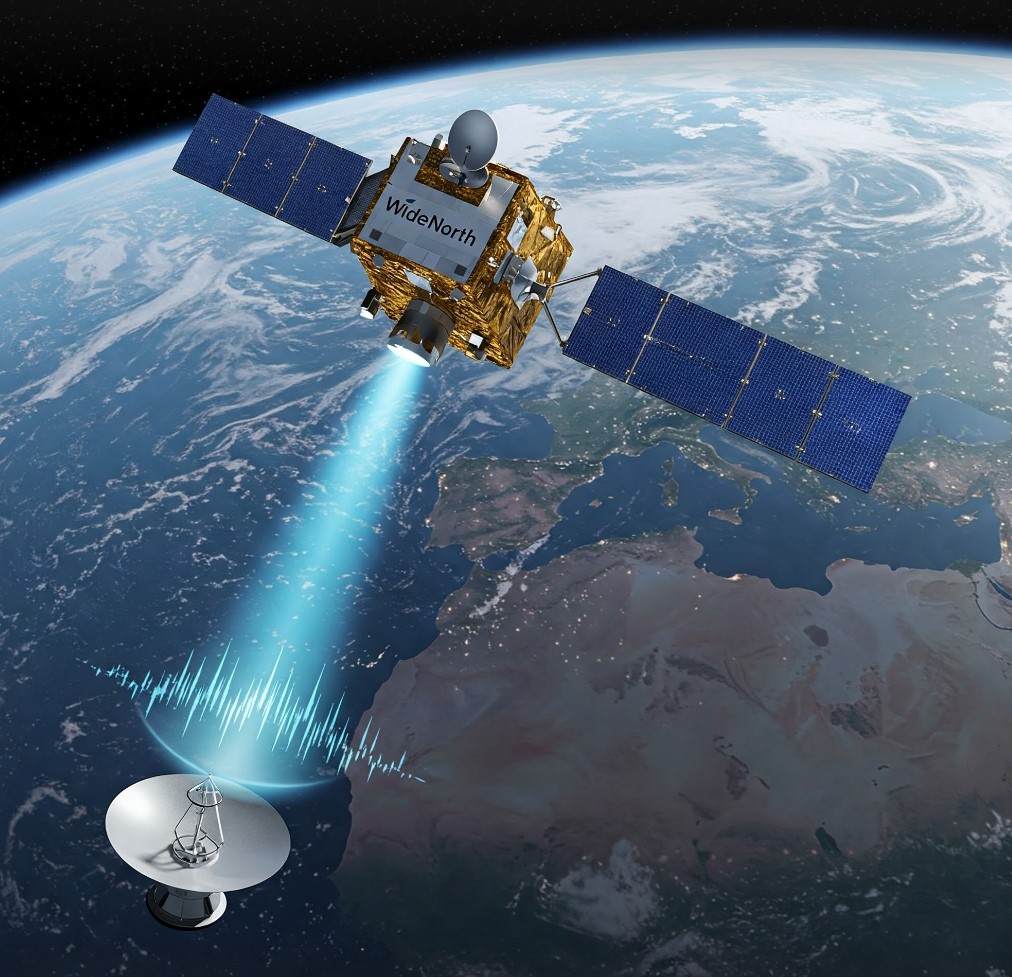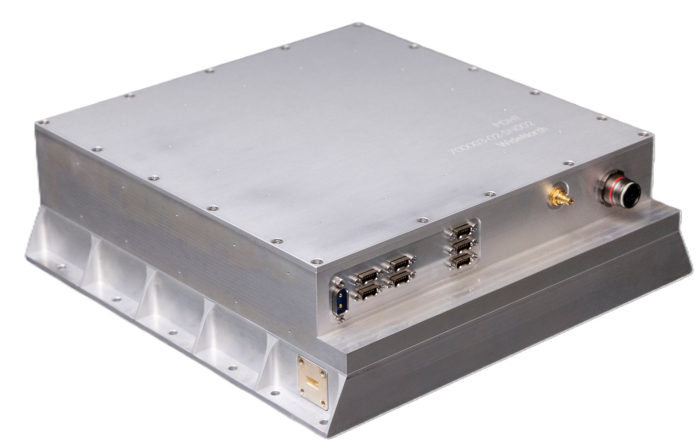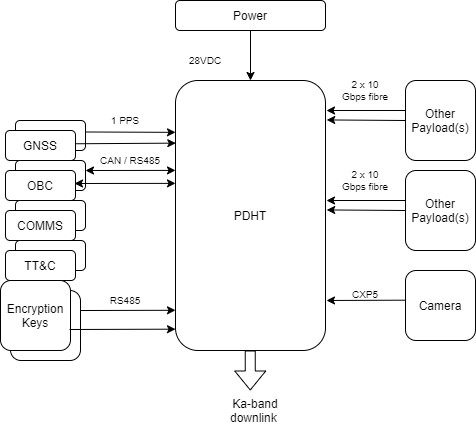
-
StatusCompleted
-
Status date2025-05-20
-
Activity Code5D.035
Objectives
The objective of this activity is to develop and verify an Engineering Model (EM) and an Engineering Qualification Model (EQM) of a new payload for LEO satellites for high-speed downlink to ground based on the DVB-S2X standard. Key features of the payload are:
- High-speed input data interfaces (multiple 10 Gbps interfaces)
- High-capacity data storage (~3.8 TB)
- High-capacity downlink (>5 Gbps downlink rate)
- Support transmission bandwidth up to 1.4 Gsps / 1.5 GHz
- Integrated 10W Ka-band transmitter.
Challenges
Key challenges in the project are:
- Selection and implementation of Field-Programmable Gate Array (FPGA) based processing platform
- Find and qualify suitable devices for high-capacity data storage
- Find and qualify suitable Ka-band high power amplifier (HPA)
- Mechanical design - including heat transfer, and tolerance to required vibration and shock levels
- Hardware and firmware tolerance to radiation levels in LEO
- Power efficient design
- Characterisation of power amplifier and proper control of Output Back-Off for relevant modulation schemes.
Benefits
The PDHT combines high storage capacity with ultra-fast downlink speed, higher than existing payloads available on the market.
Features

Product features:
- DVB-S2X downlink
- Baud rates up to 1400 Megasymbols per second (Msps)
- Data rates up to 5 Gbps
- Adaptive Coding and Modulation (ACM)
- Fully in-orbit reprogrammable payload where algorithms and air interface can be updated
- High-capacity data storage (~3.8 TB)
- Multiple 10 Gbps fibre interfaces for data input
- CoaxPress interface for data input from camera
- Option for Controller Area Network (CAN) or RS-485 interface to On-Board Charger (OBC)
- Redundant interfaces.
System Architecture
The figure below shows how the PDHT payload is connected to other units on the satellite platform.

Plan
- Kick off: March 2021
- Preliminary Design Review (PDR): September 2021
- Critical Design Review (CDR): May 2023
- Test Readiness Review (TRR): November 2023
- Test Review Board (TRB): March 2025
- Final Review (FR): May 2025.
Current status
The final review of the project was held in May 2025.



